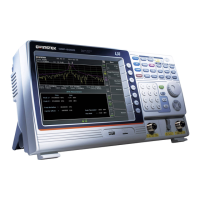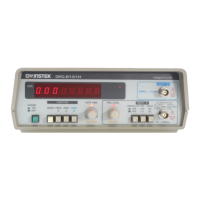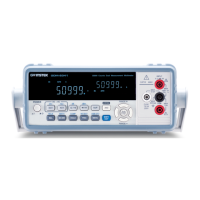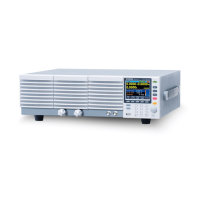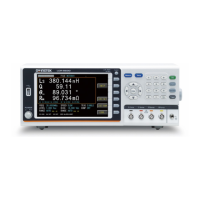Resistive Thermal Devices (RTDs) are commonly used as
temperature sensors. RTDs change resistance linearly over
a specific range of temperature. The table below shows
some of the inherent features of RTDs compared to
thermocouples.
The optional platinum sensor is a PT-100 sensor.
The PT-100 sensor meets the German DIN43760:
1968 3 wire measurement specification.
These sensors are one of the most common
temperature sensors used in industry. These sensors
have a nominal resistance of 100Ω at 0˚C.
The relationship between temperature and resistance
for the PT-100 sensor can be described with the
Gallendarvan Dusen equation shown below:
RRTD=R0[1+AT+BT
2
+CT
3
(T-100)]
Where: RRTD is the calculated resistance of the
RTD.
R0 is the known RTD resistance at 0˚C.
T is the temperature in˚C
A=alpha [I+(delta/100)]
B=-I(alpha)(delta)(Ie-4)
C=-I(alpha)(beta)(Ie-8)
The Alpha (A), Beta (B), Delta (D) values for the
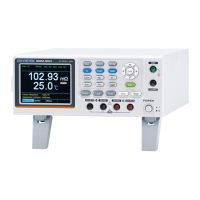
